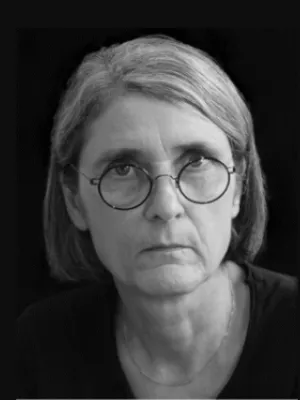
Nina Reistad
Universitetslektor

Clinical translation of a novel photoacoustic imaging system for examining the temporal artery
Författare
Summary, in English
The objective was to provide a clinical setup for photoacoustic imaging (PAI) of the temporal artery in humans and to describe the challenges encountered and methods of overcoming them. The temporal artery was examined in 7 patients with suspect giant cell arteritis (GCA), both in vivo and ex vivo, and the results were compared to that of histology. To adapt PAI to human studies, the transducer was fixed to an adjustable arm to reduce motion artifacts and a stepping motor was developed to enable 3D scanning. Risks associated with the use of lasers, ultrasound, and electrical equipment were evaluated by measuring energy levels, and safety precautions were undertaken to prevent injury to the patients and staff. The PAI spectra obtained clearly delineated the artery wall, both in vivo and ex vivo, although the latter were of higher quality due to the lack of artifacts. The results could be compared to that of histology. The energy levels involved were found to be below limits given in regulatory standards. Eye protectors prevented irradiation of the patient’s eyes, and visual function after the procedure was found not to be affected. The patients reported no discomfort during the investigations. PAI provides images of the temporal artery wall that may be used for the future diagnosis of GCA in humans. The technique could be further refined by addressing the specific problems of motion artefacts and interference from blood and other chromophores. This study paves the way for other clinical applications of PAI.
Avdelning/ar
- Forskargruppen för oftalmologisk avbildning
- Avdelningen för Biomedicinsk teknik
- Oftalmologi, Lund
- Diagnostisk radiologi, Malmö
- Medicinsk teknik, Lund
- Atomfysik
Publiceringsår
2019
Språk
Engelska
Sidor
472-480
Publikation/Tidskrift/Serie
IEEE Transactions on Ultrasonics, Ferroelectrics and Frequency Control
Volym
66
Issue
3
Dokumenttyp
Artikel i tidskrift
Förlag
IEEE - Institute of Electrical and Electronics Engineers Inc.
Ämne
- Radiology, Nuclear Medicine and Medical Imaging
Nyckelord
- Arteries
- Artery
- Biopsy
- Imaging
- In vivo
- Medical diagnostic imaging
- Photoacoustic imaging
- Temporal arteritis
- Three-dimensional displays
- Transducers
- Ultrasonic imaging
Status
Published
Forskningsgrupp
- Ophthalmology Imaging Research Group
- Radiology Diagnostics, Malmö
ISBN/ISSN/Övrigt
- ISSN: 0885-3010